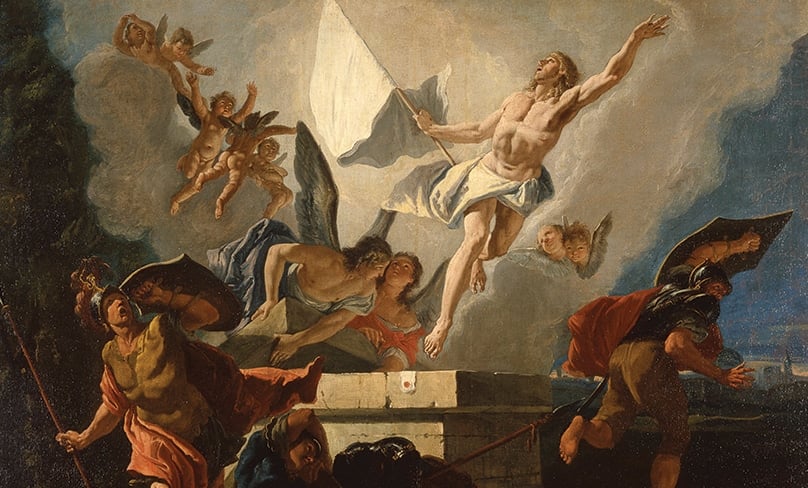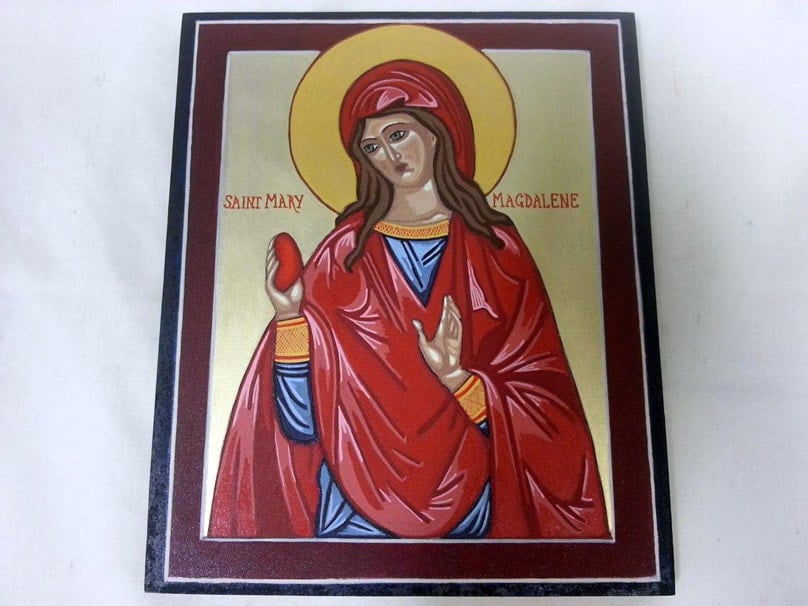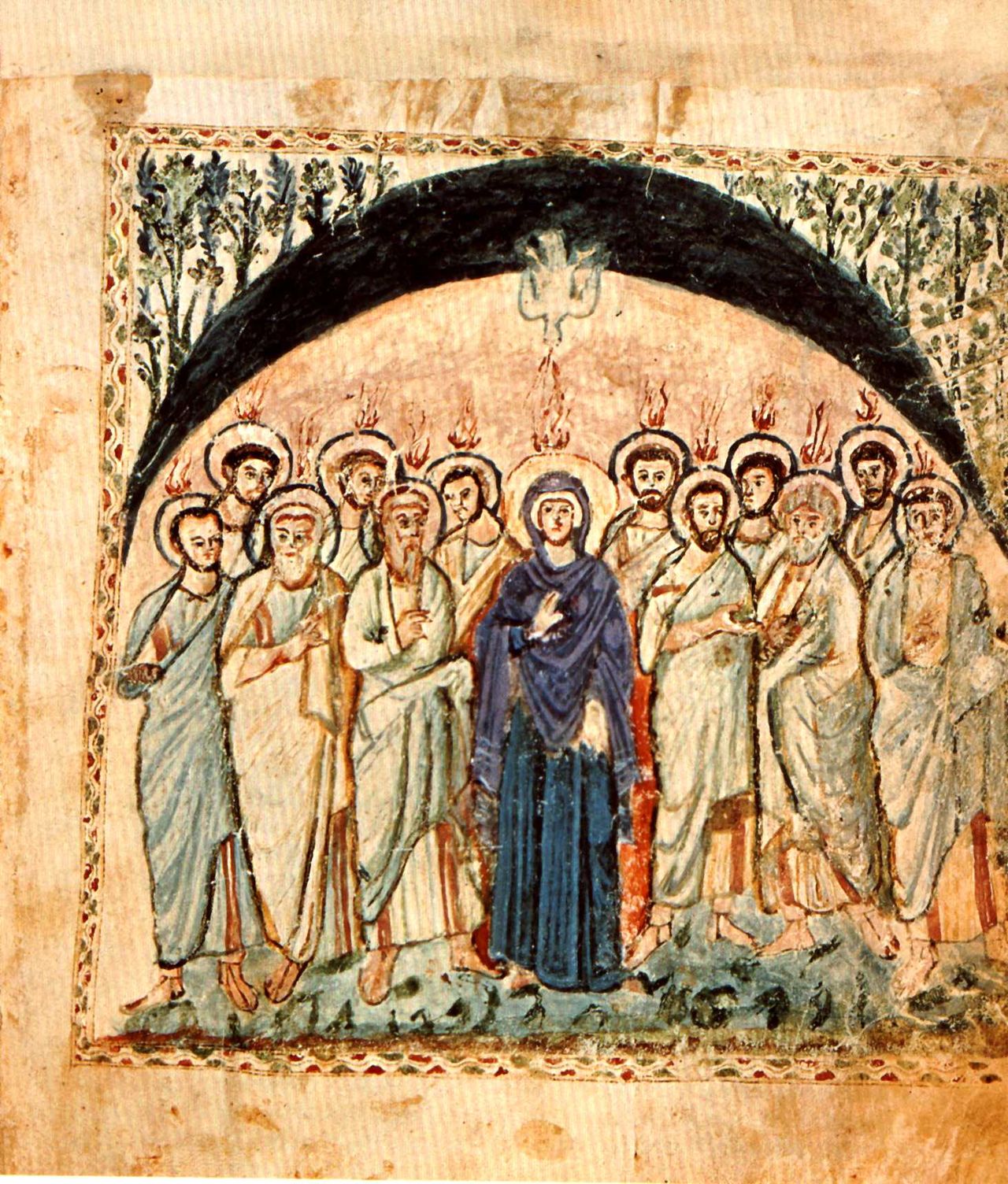
Presently, in the Maronite Church we are celebrating the season of the Resurrection. This is a wonderful time to reflect on the role and typology of women in the Syriac tradition.
In the opening line of the Entrance Hymn we hear the young man who sat the tomb say to the women:
“Peace be with you. Do not weep,
O faithful women,
For I bring the joyful news that Christ is Risen!”
Alleluia! Our Lord is raised.”
This is not the first time that a woman receives the news and proclaims God’s plan of salvation. The Virgin Mary was the first to learn of God’s salvific plan by her conception of Jesus the Christ. Similarly, Mary Magdalene, a disciple of Jesus who had left everything during her life and who together with other women used her own resources to assist our Lord on his ministry (Luke 8:1-3) was the first to receive the news of the Risen Lord.

We hear in the Gospels about the women who were accompanying Jesus, including Mary Magdalene, Joanna, the wife of Herod’s steward, Susanna ‘and many others who provided for them out of their resources.’
These were women who were healed by Christ and devoted their resources to accompany Christ, preaching and proclaiming the good news of the kingdom of God.
Like these women, as individuals and as the Church we are called to devote its resources to preaching and proclaiming the good news of the kingdom of God. The women are testimony to the fact that Christ came for all of our healing and salvation. As a Church, the message is simple, Christ came for our healing and our salvation and like the women who were healed, we as a Church also stand witness to that and are called to proclaim that.
Further in the liturgy for the Sunday of the Resurrection the hymn implores:
Daughter of the Nations, rise!
Sing the hidden Father’s praise!
He betrothed you to his Son. Out of his great love for you,
And sent him to take on flesh from Mary’s womb
And to save the world.

This typology of women as Church continues into Pentecost. In the Syriac Rabbula Gospel icon for Pentecost, we see the inclusion of Mary in a prominent position. The Rabulla Gospel travelled with the Maronites from the sixth century. The Gospel is one of the oldest surviving biblical manuscripts and is based on the Syriac Peshita version of the Gospel.
The inclusion of Mary in the icon is important. Mary is not mentioned in the scene in Acts 2; however, she is mentioned as being with the Apostles earlier in Acts 1:14. The icon puts Mary centre stage in the scene and puts her in a place of prominence. Her dark blue robe stands in contrast to the paler blue of the apostles and her halo is golden in comparison to the violet of the apostles. The icon is depicting the gathering of Christ’s Church. Christ had ascended nine days earlier and left Mary as the leading Church custodian among the apostles.
The Church is made up of all of humanity, women, men, children, the poor and the rich and each of us can declare, Christ is Risen! God chose and trusted women to be messengers of his plan and Jesus radically affirmed the full dignity of women and the vital value of their witness.
Theresa Simon is a Maronite and parishioner of Our Lady of Lebanon Parish in Harris Park.
